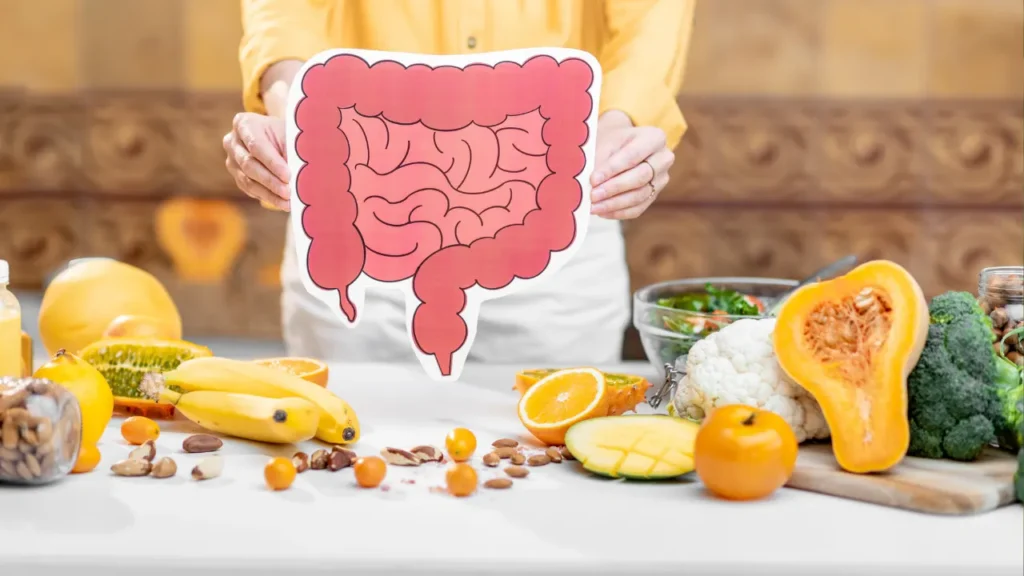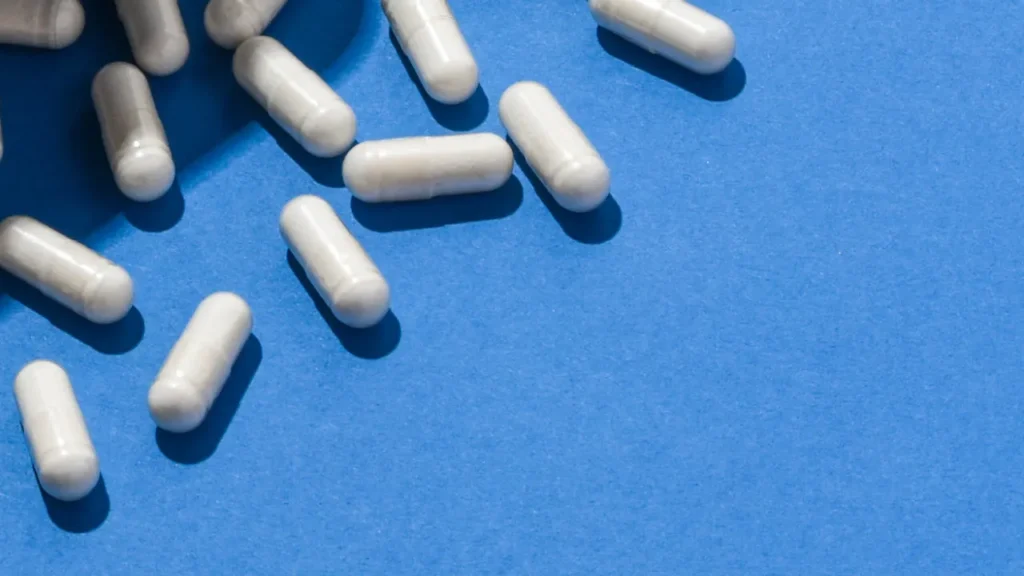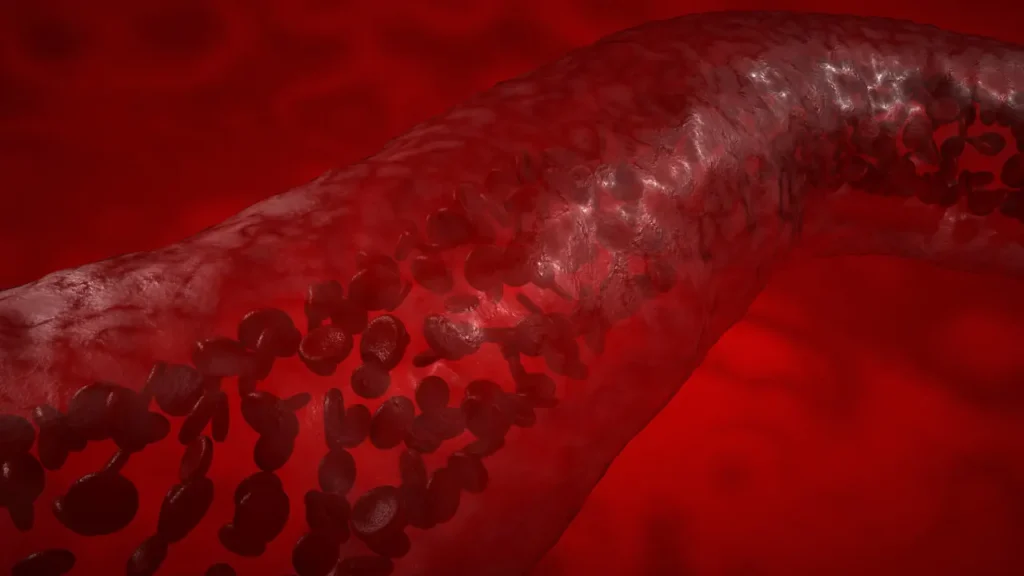Traditional medicine has long regarded bistort (Polygonum bistorta), a perennial herbaceous plant native to Europe and Asia, for its wide range of medicinal characteristics. The abundance of bioactive substances in this plant’s roots and leaves contributes to its many health advantages. In order to better comprehend Bistort’s potential as a nutritional supplement, scientific research has recently been committed to understanding the chemistry, physiological mechanisms, and ideal dosage. In this article, we give a thorough analysis of Bistort, covering its chemical make-up, health advantages, recommended dosage, negative effects, possible drug interactions, and best practices for responsible use.
You May Also Like:
5 Great Nootropic Herbs for Focus and Mental Clarity
5 Great Nootropic Herbs for Energy, Focus, and Productivity
Bistort: Benefits, Dosage, Side Effects, Drug Interactions, and Other Important Information is an original (NootropicsPlanet) article.
Nature of Bistort
Polygonum bistorta, is the scientific name for bistort. It is a member of the Polygonaceae family. This perennial herbaceous plant is known as a “bistort” (which means “twice-twisted”) because of its thick, twisted, and cylindrical rootstock. Bistort has long, ovate leaves that are grouped in a basal rosette, and it can reach a height of up to 75 centimeters.
From late spring to early October, the plant blooms small, pink flowers on dense, cylindrical spikes. In Europe and Asia, bistort thrives in wet meadows, marshes, and along riverbanks. Bistort’s young leaves can also be eaten as a vegetable, although its roots and leaves are traditionally employed for their therapeutic qualities.
Health Benefits of Bistort
Bistort has a variety of uses in traditional medicine, including the treatment of gastrointestinal problems, the reduction of inflammation, and the promotion of wound healing. Many of these conventional uses have been supported by recent scientific research, highlighting the plant’s potential as a nutritional supplement.
1. Gastrointestinal health
The high tannin content of grapes has a beneficial impact on gastrointestinal health. Tannins have astringent qualities that can aid with diarrhea and dysentery symptoms. Bistort is a successful treatment for digestive problems including colitis and enteritis because it can also lessen gastrointestinal tract inflammation and discomfort.
2. Anti-inflammatory
Bistort contains phenolic and flavonoid chemicals that have strong anti-inflammatory properties. These substances lessen inflammation and the symptoms of inflammatory diseases including arthritis and rheumatism by inhibiting the production of pro-inflammatory mediators like nitric oxide, prostaglandins, and cytokines.
3. Injury Healing
For generations, bistort has been used to treat cuts and wounds thanks to its hemostatic characteristics. Bistort’s tannins assist in restricting blood vessels and provide a layer of protection, thereby halting bleeding and accelerating the healing of wounds.
4. Microbiological Activity
Broad-spectrum antibacterial activity is present in Bistort’s flavonoids and phenolic compounds against a variety of bacteria, fungi, and viruses. Bistort works well in treating infections like skin and respiratory tract infections because of its antibacterial properties.
5. Possible Cancer-Preventing Effects
Although more studies are required to fully understand Bistort’s potential as an anticancer agent, early research has shown encouraging results. It has been demonstrated that the anthraquinones in Bistort cause cancer cells to undergo apoptosis (programmed cell death) and prevent tumor cells from proliferating.

Chemistry of Bistort
The abundance of phytochemicals present in Bistort, including tannins, flavonoids, phenolic compounds, and anthraquinones, is largely responsible for its medicinal value. Tannins, which are prevalent in Bistort roots, have astringent and hemostatic qualities. Hence, making it useful for healing wounds and lowering inflammation. The plant’s flavonoids, such as quercetin, kaempferol, and myricetin, have antioxidant, anti-inflammatory, and antibacterial properties that add to its overall health advantages.
Additionally, phenolic substances like gallic acid and ellagic acid are present in significant amounts in bistort. These substances have a reputation for being strong antioxidants and having the ability to stop the spread of harmful bacteria, fungi, and viruses. As mentioned, anthraquinones of bistort also show promise as anti-inflammatory and anticancer agents.
Physiological Mechanisms of Action of Bistort
The varied bioactive components in Bistort, which support a variety of physiological processes of action in the body and brain, are primarily responsible for the drug’s positive effects on health.
The following discussed the physiological mechanisms of action when Bistort supplements are taken:
1. Hemostatic and astringent characteristics
Bistort’s astringent and hemostatic qualities are brought on by its high tannin concentration. Tannins are polyphenolic substances that can bind to proteins, causing them to precipitate and restricting tissue. This procedure promotes wound healing, lessens tissue damage, and reduces inflammation. Additionally, tannins’ hemostatic qualities help blood clot and lessen bleeding.
2. Reducing inflammation
Bistort has anti-inflammatory properties that are attributed to its flavonoids and phenolic components. Prostaglandins, nitric oxide, and cytokines are examples of pro-inflammatory mediators that these substances work by decreasing their creation and release. As a result, Bistort can aid in the relief of pain and inflammation in a variety of ailments, including rheumatism and arthritis.
3. Antioidant activity
The phenolic and flavonoid components of bistort are principally responsible for its antioxidant action. Free radicals are unstable chemicals that can harm cells and contribute to the emergence of chronic diseases. These bioactive substances can neutralize free radicals. Bistort lessens oxidative stress and scavenges free radicals which results in less cellular damage and promotes general health.
4. Effects of Antimicrobials
Bistort’s flavonoids and phenolic chemicals are mostly responsible for its antibacterial effects. These substances can stop different pathogenic bacteria, fungi, and viruses from growing and reproducing, preventing infections and hastening the healing process after illness.
5. Potential Cancer Prevention
The anthraquinones in Bistort have been demonstrated to cause cancer cells to undergo apoptosis and reduce the growth of tumor cells. Bistort’s anthraquinones target particular cellular signaling pathways implicated in the initiation and progression of cancer. However, the exact mechanisms of action are yet unclear.
Bistort’s wide range of bioactive components work through a variety of physiological processes to support its varied health advantages. Astringency and hemostatic effects, anti-inflammatory effects, antioxidant activity, antibacterial activities, and perhaps anticancer effects are some of these acts. The safe use of Bistort as a nutritional supplement and future studies on its possible medicinal uses can both be aided by understanding these mechanisms.

Optimal Dosage of Bistort
Establishing the ideal Bistort dose for an individual is an intricate and difficult task due to the abundance of bioactive substances in this plant’s roots and leaves. In order to better comprehend Bistort’s potential as a nutritional supplement, scientific research should be committed to understanding the chemistry, physiological mechanisms, and ideal dosage.
Side Effects of Bistort
When taken in moderation, Bistort is usually regarded as safe, however some people may develop negative effects. The most frequent negative effects are brought on by its astringent qualities, which might result in nausea, constipation, or stomach cramps. It is uncommon but Bistort may result in hypersensitive reactions like rashes, itching, or swelling. Bistort should not be used by pregnant or nursing women because there is insufficient scientific evidence to support its safety during these periods.

Potential Substance Interactions with Bistort
As with any nutritional supplement, it is essential to consider potential interactions between Bistort with other drugs or dietary supplements.
1. Antiplatelet and anticoagulant medications
Bistort may interact with anticoagulant and antiplatelet drugs including warfarin, heparin, and aspirin because of its hemostatic qualities. This interaction potentially increases the likelihood of bleeding because the anticoagulant’s or antiplatelet’s effectiveness is lessened. Before combining Bistort with these medications, it is recommended that you speak with a medical practitioner.
2. Supplemental iron
Iron levels in the body may drop as a result of the tannins in bistort’s ability to bind to iron and inhibit its absorption. When taking Bistort, people who are taking iron supplements should proceed with caution and may want to wait at least two hours between the two doses.
Best Responsible Uses of Bistort
Follow the advice below to ensure the secure and appropriate use of Bistort as a dietary supplement:
- Before adding Bistort to your regimen, speak with a medical practitioner, especially if you have any pre-existing problems, are pregnant or nursing, or are taking any medications that might interfere with Bistort.
- If necessary, start with the lowest dosage advised and gradually raise it while keeping a watchful eye out for any side effects.
- Adhere to the specified dosages and follow the manufacturer’s directions for Bistort supplements.
- Use Bistort with caution if you are also using other dietary supplements or pharmaceuticals, especially anticoagulants, antiplatelet medications, or iron supplements.
Bistort:
Conclusion
Bistort is a type of supplement extracted from the Polygonum bistorta plant native to Europe and Asia. The word bistort carries a meaning of twice-twisted which steams from the twisted shape of its rootstock. This supplement can help in wound healing and it has antimicrobial ability. Due to the tannin content in bistort, it can close blood vessels and therefore accelerate the healing of the wounds. Bistort also has other health benefits like anti-cancer and anti-inflammatory properties.
While it is a promising supplement, you still need to understand and be well-informed about its optimal dosage and safe use. You should prioritize seeking professional advice before deciding and integrating it into your routine. Side effects were uncommon when taken in moderation, however, if negative side effects persist, immediately halt the use of this supplement.

References:
- Antibacterial And Anti-Inflammatory Activity of Bistort (Bistorta Officinalis) Aqueous Extract and Its Major Components. Justification Of the Usage of The Medicinal Plant Material as A Traditional Topical Agent. Retrieved from:https://pubmed.ncbi.nlm.nih.gov/32531411/
- Chemical Composition of Edible Aerial Parts of Meadow Bistort (Persicaria Bistorta (L.) Samp.). Retrieved from:https://pubmed.ncbi.nlm.nih.gov/28407912/
- Aqueous Extract of Polygonum Bistorta Modulates Proteostasis By ROS-Induced ER Stress In Human Hepatoma Cells. Retrieved from:https://pubmed.ncbi.nlm.nih.gov/28134285/
Important Note: The information contained in this article is for general informational purposes only, and should not be construed as health or medical advice, nor is it intended to diagnose, prevent, treat, or cure any disease or health condition. Before embarking on any diet, fitness regimen, or program of nutritional supplementation, it is advisable to consult your healthcare professional in order to determine its safety and probable efficacy in terms of your individual state of health.
Regarding Nutritional Supplements Or Other Non-Prescription Health Products: If any nutritional supplements or other non-prescription health products are mentioned in the foregoing article, any claims or statements made about them have not been evaluated by the U.S. Food and Drug Administration, and such nutritional supplements or other health products are not intended to diagnose, treat, cure, or prevent any disease.


